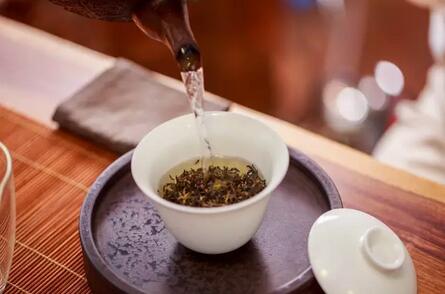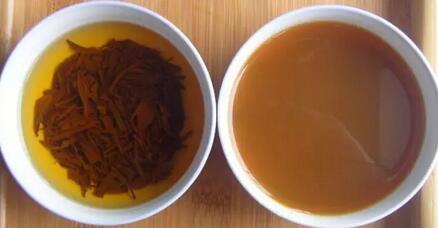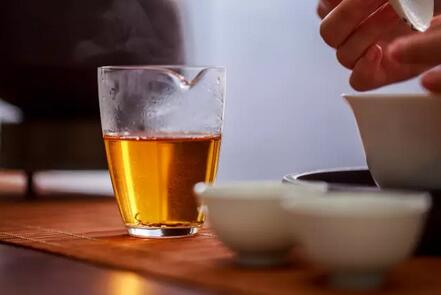
Generally, people prefer their tea to be clear and bright.
However, there was a time when the appearance of a light brown or orange milky turbidity in some black tea after cooling was not well-received for a long period.

It wasn't until agricultural experts pointed out that this was actually a sign of high-quality black tea that the phenomenon, known as "cloudiness after cooling," gained popularity.
What is cloudiness after cooling?
When brewing a cup of high-quality black tea and allowing the tea to cool, the tea soup will develop a light brown or orange milky turbidity—this phenomenon is referred to as "cloudiness after cooling."

How does cloudiness after cooling occur?
Tea leaves contain many components, one of which is collectively known as tea polyphenols due to their similar chemical structures. Dozens of types have been identified.
In unprocessed tea leaves, most tea polyphenols exist in the form of catechins. During black tea production, extensive oxidation occurs, converting many catechins into theaflavins.
The solubility of theaflavins is highly temperature-dependent.
At high temperatures, they remain dissolved in the tea soup. As the temperature drops, they begin to aggregate. The lower the temperature, the larger these aggregates become. Once they reach a certain size—roughly equivalent to the droplets in milk—the tea soup appears turbid.

Another component in tea is caffeine, which has a strong affinity for theaflavins.
Each theaflavin molecule has two binding sites for caffeine. When one caffeine molecule binds to a theaflavin, it exposes a second binding site, allowing another caffeine molecule to attach.
Compared to black tea, green tea contains more catechins and caffeine, making it more prone to bitterness and astringency.
In black tea, catechins are oxidized and polymerized into theaflavins, reducing the number of binding sites for proteins and thereby lowering astringency.

The binding of theaflavins and caffeine occurs before the theaflavins aggregate on their own.
This binding not only further consumes the binding sites of theaflavins but also limits the interaction of caffeine with bitter taste receptors on the tongue.
As a result, compared to green tea with the same solid content, black tea soup tends to be less bitter and astringent.

The complex formed by theaflavins and caffeine has even lower solubility, making it more prone to aggregation and leading to cloudiness after cooling. However, the primary factor behind this phenomenon is still the theaflavins.
Theaflavins are the most critical marker component in black tea—cloudiness after cooling indicates their high concentration, which is why it is considered a sign of good tea.